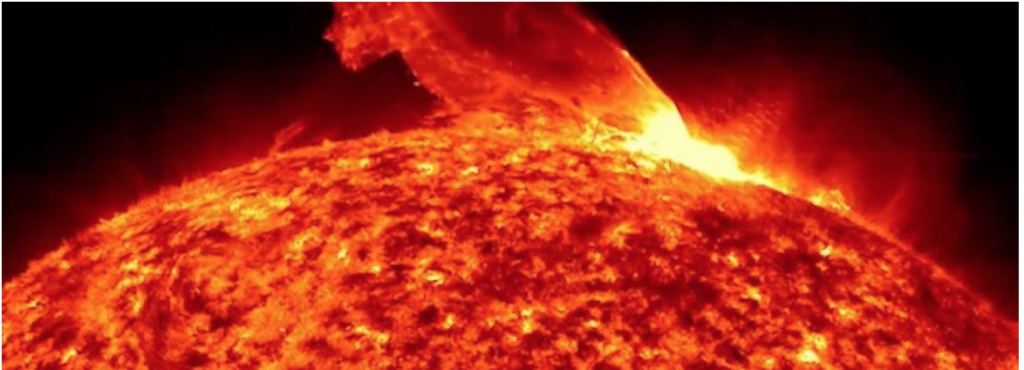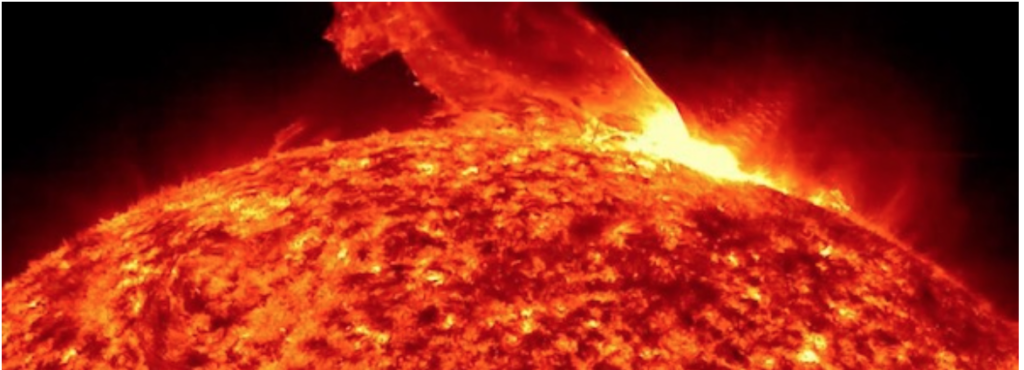
Issues related to flares
The PRP Survival Guide is designed to be a repository of experiences and insights shared by PRP patients and their caregivers. Collectively, the PRP community possesses a wealth of practical knowledge about pityriasis rubra pilaris. Only we are best positioned to harvest that knowledge.
Share what you have learned about flares and setbacks. Share articles you feel might be worth reading or websites worth visiting. Here is the first question we ask.
According to MedicineNet.com, a FLARE is “an exacerbation of a chronic disease. Sometimes referred to as a flare-up, a flare occurs when symptoms of a disease that has been present for a time suddenly worsen. A flare is a transient worsening in severity of a disease or condition that eventually subsides or lessens. For example, in many arthritis conditions the joints can flare with worsening of stiffness, pain, and swelling.”
For our purposes, a flare is NOT the initial onset of PRP.
How have you handled flares and setbacks?

